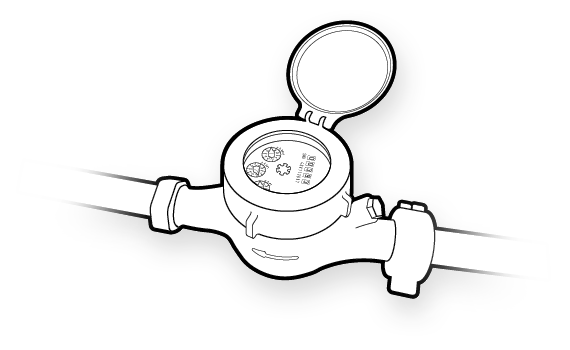Regularly inspect equipment. Housekeeping inspection of taps, toilets and drain plugs. Technician inspection of valves, pipes, pipe-insulation, aerators, and equipment such as heat-exchangers. Repair or replace damaged equipment.

Water systems and equipment should be inspected at least every six months, including all fittings (Business Link, 2011). Points for particular attention include:

On larger premises, visual inspection of accessible fittings may need to be supplemented with more sophisticated inspection to detect leaks within extensive piping networks. Methods for such inspection include the use of leak detector cables and highly absorbent sensing tape to detect small leakages (EC, 2012).
Automatic leak detection systems based on detector cables, or 'water fuses' that cut-off water when unexpected flows occur, may also be installed alongside water piping during construction or extensive renovation of large premises. Water fuses can detect low continuous flows down to two litres per hour.
Environmental benefits
Reduced costs
Water flow rates and daily/annual wastage from different types of leak
|
Leak description |
Flow rate |
Daily water loss |
Annual water loss |
Annual cost |
|
|
|
L/min |
L/hour |
L |
m3 |
EUR |
|
One drip per second |
0.003 |
0.17 |
4 |
1.5 |
2.92 |
|
Drips break to stream |
0.063 |
3.8 |
90 |
33 |
65.70 |
|
1.5 mm diam. stream |
0.22 |
13.3 |
320 |
117 |
232.36 |
|
3 mm diam. Stream |
0.68 |
41 |
985 |
360 |
719.06 |
|
6 mm diam. Stream |
2.43 |
146 |
3500 |
1 278 |
2 555.00 |
|
Source: Derived from data in Cridge (2000). |
|||||